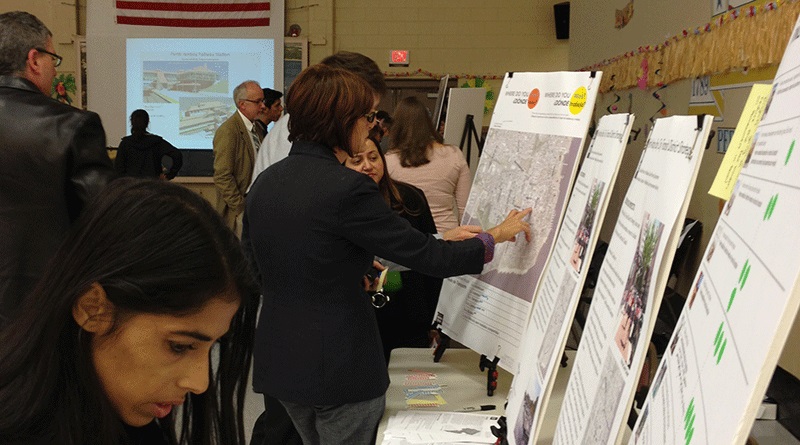Transit-Friendly Development is a joint effort between NJ TRANSIT and the Alan M. Voorhees Transportation Center (VTC) to enrich the TOD conversation in New Jersey’s diverse communities by providing information about best practices, model programs, legislation, and the key issues that affect TOD’s acceptance at the local level. More broadly, Transit-Friendly Development provides a medium where county leaders, municipal decision-makers, and the public can learn how to create livable, sustainable and thriving communities—and discover why such places are vitally important to New Jersey as it moves ahead into the 21st century.
This issue of Transit-Friendly Development highlights several examples in which consensus building played a major role in successful TOD initiatives—projects that created substantial physical, social and economic changes in a particular area. Various stakeholder groups—existing residents, business owners, public officials and developers—were each impacted in very different ways. Building consensus becomes a vital tool for addressing the needs of all these groups and individuals. Indeed, many of the best examples of TOD involved a concerted effort to understand the goals and desires of interested parties.
We focus on the work of Rob Lane, a planner and leader in the field of consensus building, who has provided his services to numerous projects throughout the Northeast. In New Jersey, he worked with Netcong, a designated Transit Village. A shared vision for future development also contributed to the success of our featured municipality, Collingswood, through the work of A. Nelessen Associates (see also Practitioner Spotlight: New Urbanist Firm Emphasizes Transit-Oriented Design). And, we highlight an impressive project in Connecticut, the Gilbert and Bennett Wire Mill redevelopment, which placed a high value on community involvement (Duany, Plater-Zyberk charrette process).
We hope these examples will inspire community officials, citizens and planners to join together to build their vision before pursuing developer interest and investment.
On a final note, we received many helpful comments and suggestions on the first two issues of the newsletter. Please continue to help improve the newsletter by letting us know what you would like to see in future issues. At the bottom of each article you will find a link to our survey. We have shortened it from our previous issues, so it should only take a minute to give us your opinions. Thank you, and we hope you enjoy the newsletter!

